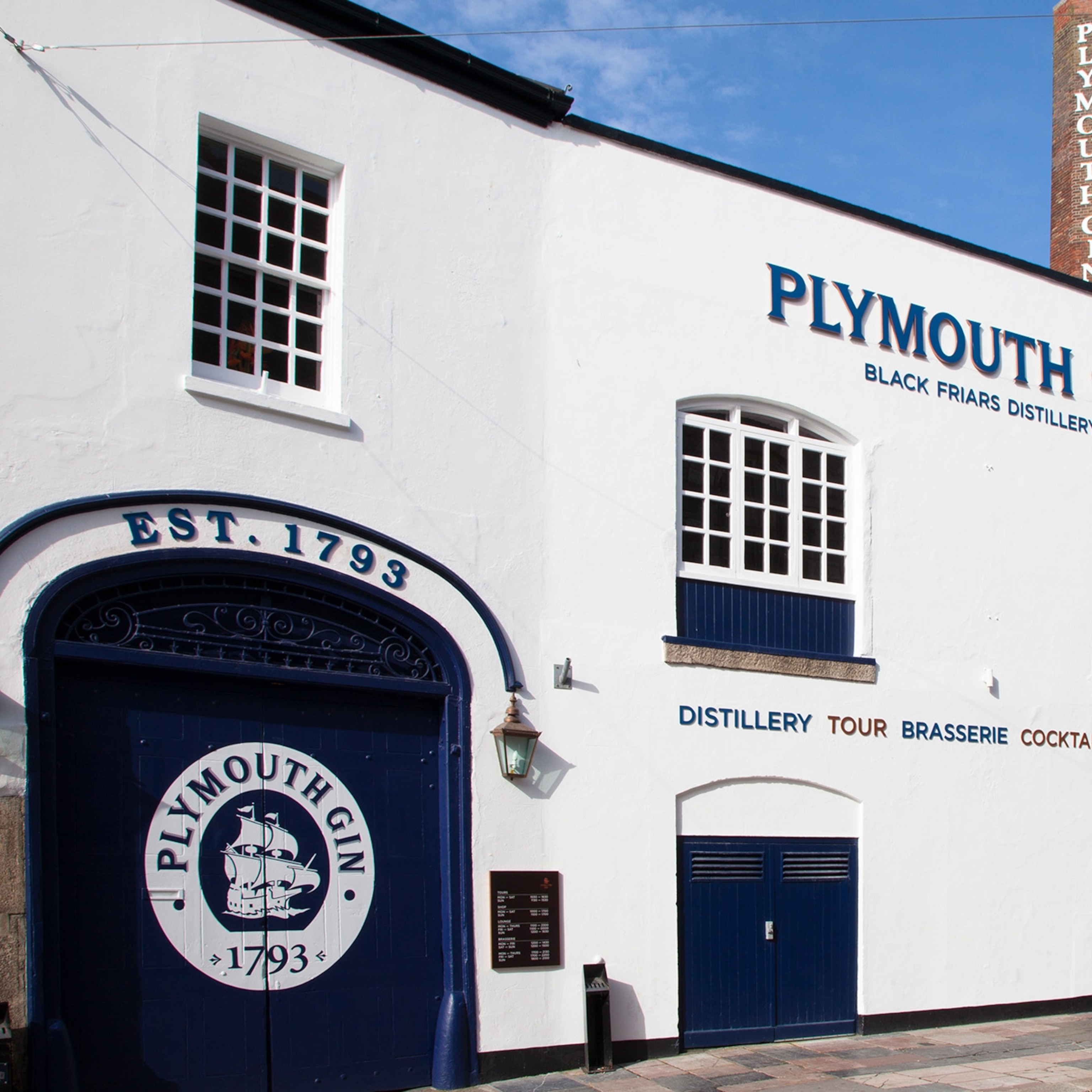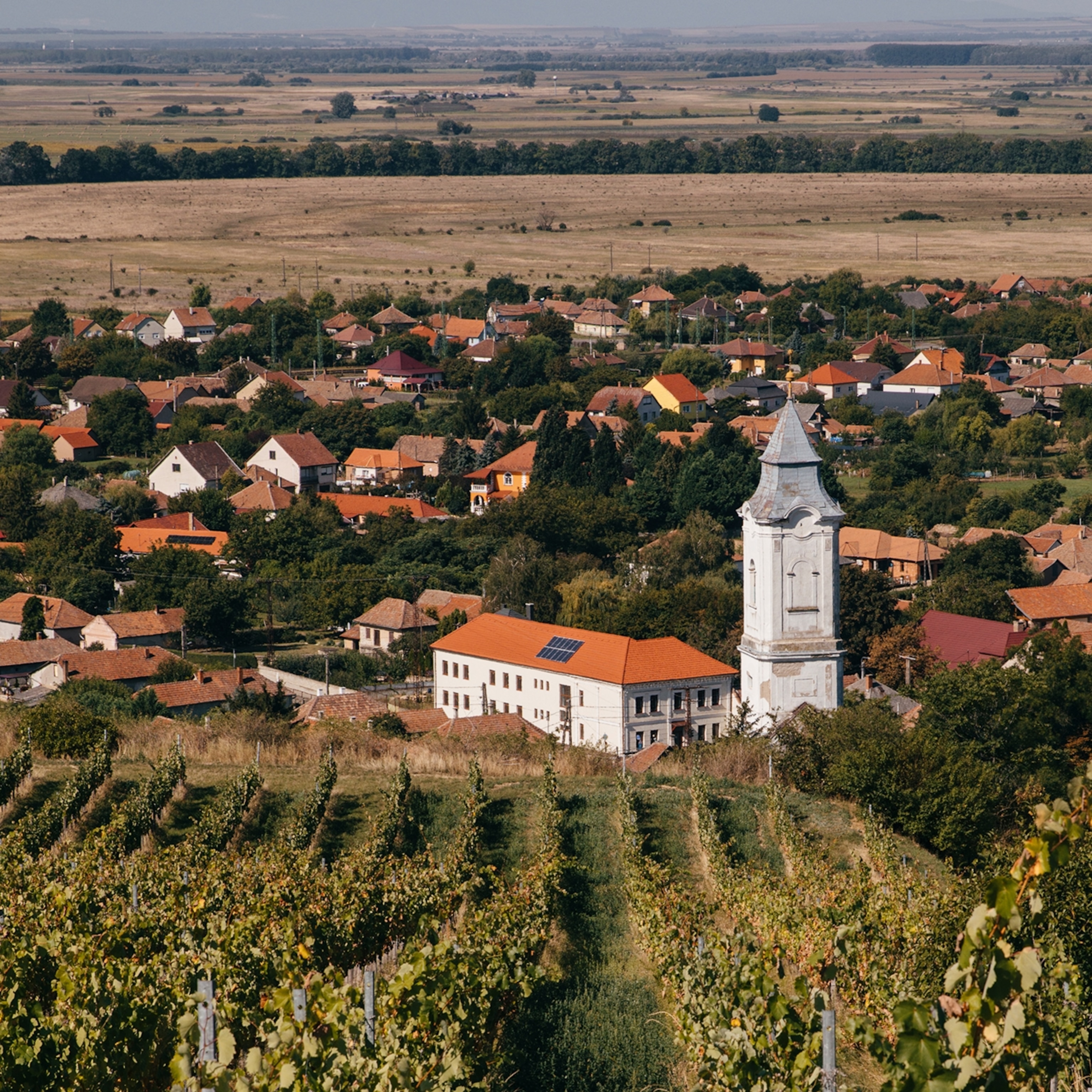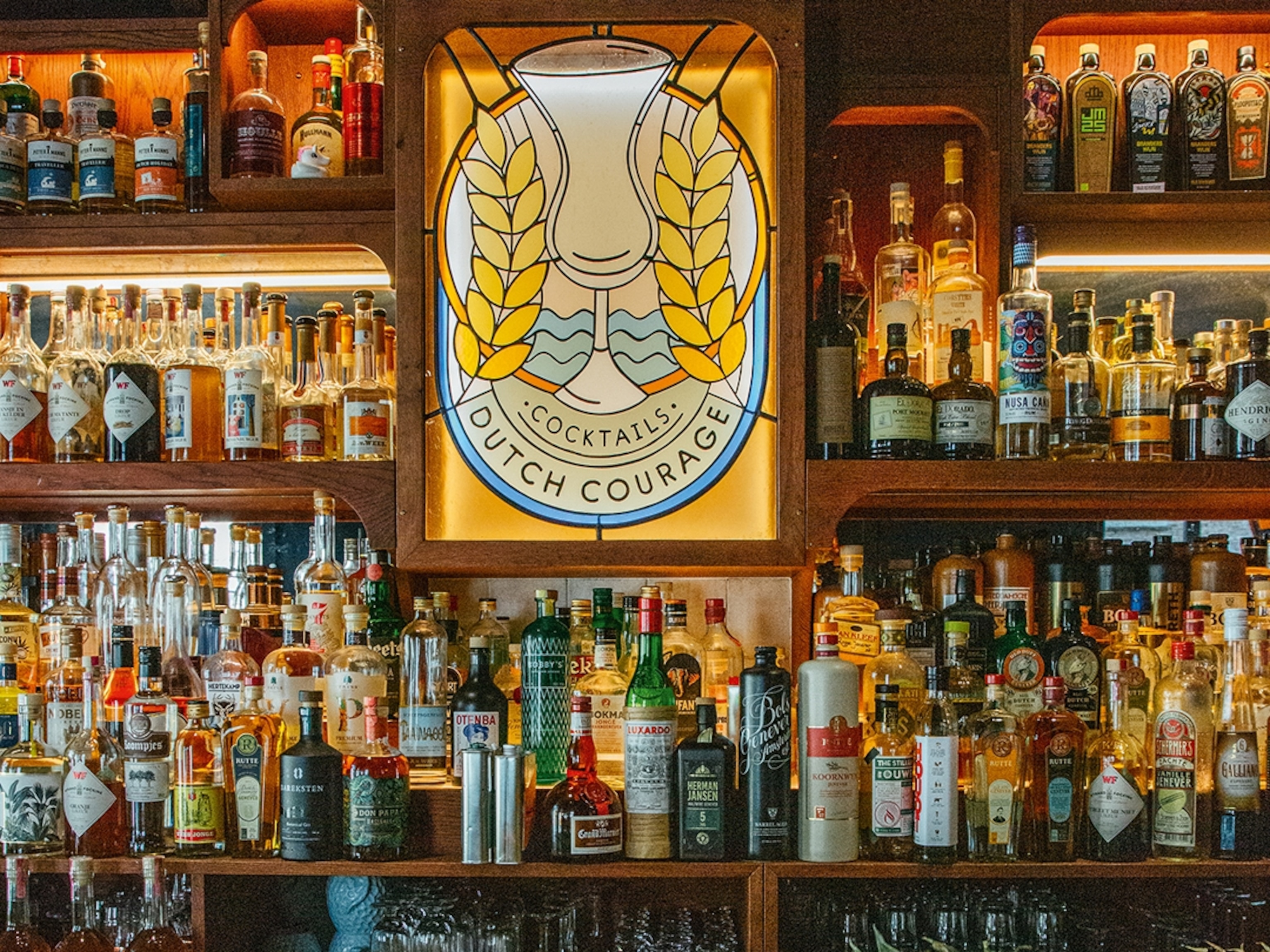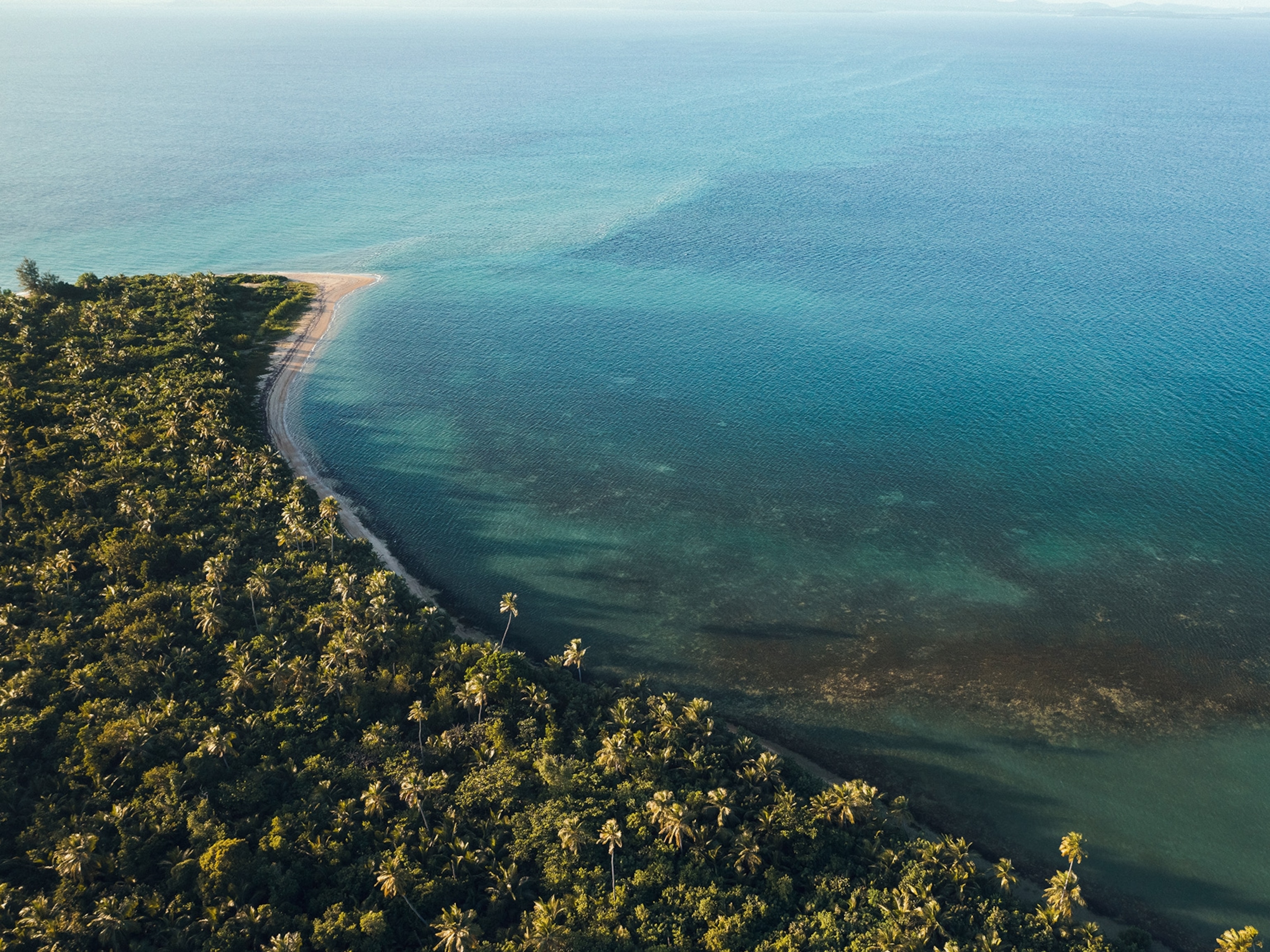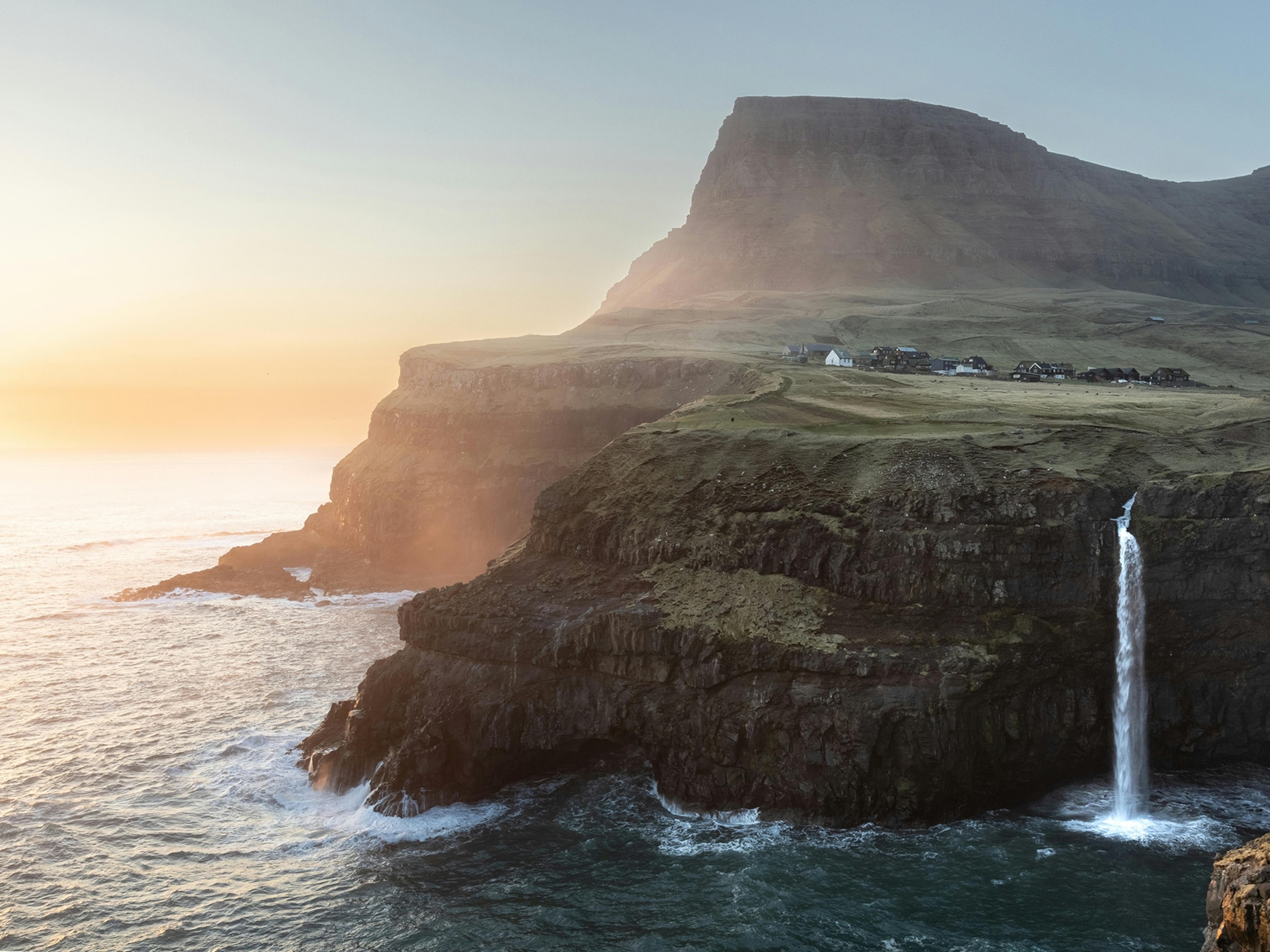
Antigua & Barbuda: Rum and coconuts
Antigua and Barbuda live up to the hype. Throw yourself into everything from zip-lining to market trawling and you’ll realise, beyond the luxury resorts and flour-soft beaches, there’s much more to this pair of Caribbean islands than sand and sun
“Guess what’s in this,” Elmond ‘Smokey’ Benjamin says. He slips a tall glass into my hand. It looks like regular fruit punch, but I’ve been in Antigua long enough to know that what seems pretty on the outside can deliver a surprising kick.
“The more you drink, the less you know,” he chuckles. “So guess early.”
Taking a sip, I wince the instant his heavy-duty nectar hits my throat. “Rum,” I gasp.
“Of course! But what else? It’s staring you in the face.”
Seated alongside me at a veranda table in Buba’s Hideout — an off-radar restaurant/bar squirrelled away near the decidedly un-touristy town of Buckleys — Smokey laughs and gestures towards the lush green valley that seems to slice right through the heart of this pint-sized Caribbean island.
I give up. He slaps me on the back, chews a drinking straw, and lets me off the hook.
“It’s lemongrass,” he says, bounding off the balcony to rip a clump from the hillside.
When these stalks are mixed with rum, ice and god knows what else, the result is something Smokey and his brother have dubbed ‘happy grass’. It’s hard to argue with that.
The walls here are lined with pictures of famous cricketers and bottles of rum; an Antiguan flag is pinned to the ceiling. After our paint-stripping aperitif, we tuck into home-cooked chicken, fish, macaroni and Creole rice with black beans — all dotted with liberal splashes of Susie’s Hot Sauce.
“What time is it?” someone asks.
“Man, that thing on your wrist is the worst invention ever,” comes the response.
The twin-island nation of Antigua & Barbuda is part of the eastern Caribbean’s Leeward Islands. Surrounded by coral reefs and caressed by trade winds, it’s a place where everyone speaks English, drives on the left, and considers anything below 24C ‘cold, man’. Its population of around 86,000 matches that of Bath, and although crudely built shacks and the occasional pile of roadside rubbish remind you of its developing status, this is a hassle-free holiday spot. Hell, even the code for Codrington Airport — in the tiny Barbuda town of the same name — is BBQ (no, really).
And the tourists? They come for the beaches. Antigua has 365 (one for every day of the year, as the locals eagerly point out). Standouts include the floury arc of Long Bay, remote Rendezvous Bay, bustling Dickenson Bay and sweeping Ffryes Beach. But perfect as all these palm-fringed enclaves may be, they’re hardly a unique selling point. After all, I’ve found some pretty stellar beaches on nearby Montserrat and Dominica and I’m sure they’re up to scratch on St Kitts & Nevis too. In fact, it’s serendipitous finds like the ‘happy grass’ at Buba’s Hideout that hint at Antigua & Barbuda having more to offer than sun and sand.
That’s why, one morning, I find myself waist deep in Mercers Creek Bay, shuffling forward gingerly in an attempt to avoid stepping on a stingray lurking in the sand.
“Reach as far as you can underneath,” says a guide, placing a 3ft-long stingray into my arms. My hands slide along the slippery mucus covering its belly, taking the weight.
“Don’t take the weight!” I’m told. “Don’t lift her! Just let her float.”
So I do just that. And I fake a smile.
I love the water, I’ll snorkel until sunset, but this is way outside my comfort zone. Yet, all around me, a couple of dozen tourists are doing the same thing — even feeding the rays with squid. It feels a bit weird, unnatural even, but there’s an educational pay-off: as we interact, the guides teach us about the creatures circling around. They’re Southern stingrays, known as ‘the puppy dogs of the sea’ — always on the lookout for attention and a snack. Females are bigger than males, I’d been told at an earlier safety briefing. “But males have something to compensate with,” our instructor had added. “Two penises.”
Welcome to Stingray City. After our trip to the Wildlife Interaction Zone, I chat with owner and manager Andrew Moody-Stuart about his business. No visitors have been stung so far, he reassures me, though stings can occur if a ray is startled while sleeping in the sand. Apparently, as long as you do the ‘stingray shuffle’, to warn of your presence, you should be fine.
Flags and field guns
I stop in Wadadli Animal Nature Park, where former West Indies cricketer Dave ‘Suppie’ Joseph is developing an animal trail, before moving on to Reservoir Range, an outdoor activity centre offering clay pigeon, air pistol and hand gun shooting, as well as archery and mountain biking. Geremy Thomas set up this — the only shooting school in the eastern Caribbean after making his fortune in the UK telecoms industry, and moving to Antigua to start a new life with his family.
“There’s a lot more to Antigua than a piece of beach and the sea,” he says, introducing me to his son Will and a gleaming Beretta Silver Pigeon field gun.
“You’re trying to shoot at the easiest point,” Will says, walking me through the clay pigeon course, picking off several clays as they whizz through the Caribbean sky. I haven’t done much shooting, but resting my cheekbone on the cool, smooth wood, I feel a strangely exhilarating connection with the rifle. Taking instruction from Will, I track the clays until they top out — hanging momentarily in the air — then squeeze the trigger. And I do actually manage to obliterate a few. It’s addictive.
It’s only the start of the activities, too. In Antigua, you can swing on zip-lines through a forest canopy as part of the Antigua Rainforest Canopy Tour, join the island’s 5am Hike Club on Saturday mornings (I overslept and didn’t make it) or take fishing, snorkelling or diving trips around its coves and rocks. In the shadow of Devil’s Bridge, a limestone sea arch between Long and Nonsuch Bays, Alison Codrington does a steady trade in trinkets and conch shells from a table by her rusty hatchback. She’s also something of an expert on local lore and customs — telling me that if I were to walk across the arch, the devil would claim my soul, before sharing some more prosaic advise: “Your food tastes nicer when you eat it from a calabash [a dried out, bottle-shaped plant].”
These new activities and diversions are a tangible sign of development on the former British colony, which has been autonomous for 32 years and celebrates its Independence Day with a week of parades, ceremonies and a colourful food fair at the Sir Vivian Richards Stadium (named for the West Indies cricketer, affectionately known as ‘Sir Viv’ by locals).
Mingling with the crowds on this important day, I meet local Ronnie Davis sitting in the shade with his daughter, Channaie. Both wear splashes of Antigua & Barbuda’s yellow-and-red checked national costume. Channaie was born exactly a year ago, Ronnie tells me, on Independence Day: 1 November.
Do all the kids wear such costumes on this day, I ask. “The ones with patriotic parents,” Ronnie laughs.
The gold sun at the heart of the Antigua & Barbuda flag symbolises the dawn of a new era; red areas represent the dynamism of the people, and a blue stripe means hope. But I prefer another, more recent, more idiosyncratic symbol of Antigua’s spirited forging of identity: the rechristening of Boggy Peak as Mount Obama.
“Nobody calls it that,” a local man tells me, referring to the 1,319ft-high mountain that’s clearly visibly from Buba’s Hideout. Perhaps this should come as no surprise. After all, the US President has no ancestral connection with Antigua & Barbuda; he’s never even visited.
“I guess it’s a way to say anyone can go on to become a great leader in the Free World,” the man adds with a shrug.
Moseying around the food fair outside the stadium, it’s clear the islanders are equally proud of their locally produced food. “We just love importing things here,” says ‘Granma’ Aki, setting up her stall of hot sauces, sundried raspberries, teas and tamarind juice. “But trust me, the stuff we make is far superior to the stuff we import.”
Other stallholders are cooking up a storm, with conch fritters, flavoured drinks, and cassava bread dusted with coconut among the culinary gems on offer. The sizzle of barbecued snappers merges with raucous steel band music (‘Antiguans are Barbudans! Barbudans are Antiguans!’ goes one thumping ditty).
Beneath a canopy shading her from the midday sun, stallholder Althea Davis is busy spooning out homemade ice cream from churns bursting with pineapple, mango and guava. Her teeth are as white as the ice-cream.
A new era
Back at Galley Bay Resort, where I’m staying, sous chef Jeremiah Nathanial is wiping down a plate, preparing to load up the feast I’ve watched him cook at Ismay’s Restaurant & Bar.
“This will be Antigua,” he says as he positions fungee [cooked cornmeal paste] and okra into an island in the middle of the bowl. “This will be the sea,” he continues, adding a coconut-infused curry sauce bursting with lobster and cockles.
“Anywhere you go in Antigua you see water.” Nathanial tops off the dish with a fillet of pan-seared silver snapper, a spoon of mango salsa and a handful of fresh coriander. “It’s Antigua on a plate!” he concludes triumphantly, before we tuck into it greedily.
Nathanial learned to cook at his mother’s apron strings in Half Moon Bay, he tells me. As a kid, he remembers fishing for cockles with his toes. His mother’s traditional fungee recipe is still at the heart of his signature ‘Antigua’ dish, though somehow I doubt she had it brought to the kitchen by golf buggy.
“What I’m doing here this morning is pretty much what my mom did when I was a kid,” says another chef, Nigel Joseph, of the Hummingbird Restaurant. I watch him assemble salted cod, a ‘chop-up’ of eggplant, okra and spinach, a boiled egg, fresh bread and fried plantains into a Sunday breakfast special — what you might call the Full Caribbean. Just for good measure he adds a few drops of Susie’s Hot Sauce. “I like adding a Caribbean twist to lots of dishes,” he winks.
There’s a similar passion for local produce at OJ’s Bar & Restaurant, a beach shack I head to after sunset, where I hear the waves crashing onto the beach, even if I can no longer see them. Its eponymous owner has decorated the place with conch shells, buoys, driftwood and other flotsam and jetsam. Tucking into buttered garlic shrimp and a main of grilled snapper, I listen to OJ’s tales of 3am starts to scour the fish markets in St John’s for the treasures of the deep — lobster, snapper, barracuda, grouper and the like.
“I was born on this very spot,” he tells me. He’s a dapper gent with a beaming smile beneath a pair of spectacles. “I figured I knew enough about cooking to open a restaurant. So that’s what I did.”
The more of Antigua’s food I sample, it seems, the more there is to eat. I’m amazed to discover, for example, there are dozens of different types of mango grown on the island — ranging from the Julie mango (picked in June and July) to the bellyful mango (because, it’s said, if you eat one, it fills your whole belly).
In St John’s, cruise ship passengers may restrict themselves to the jolly shops, sunglasses huts and rum bars of Radcliff Quay and Heritage Quay, but a more authentic Antigua is found just a stone’s throw away, in the buzzing fruit, vegetable and fish markets downtown.
Following OJ’s advice, I pick my way through the flurry of knife-wielding vendors, flying scales, crunching bones and buzzing flies of the fish market, asking one buyer whether the snapper is good.
“Depends who’s fixin’ it,” she quips.
I may be in the Caribbean, yet there isn’t a palm tree in sight. Nearby, a surreal statue of Sir Vere Cornwall Bird, the nation’s first prime minister, lords it over the marketplace. Down-at-heel streets are watched over by the twin towers of St John’s Cathedral; nearby, a man sells coconut water from a pick-up truck. On the outskirts of the capital, a cricket game is underway, with teams using a tennis ball covered in Sellotape (to make it as heavy as a proper ball, yet a safer option in light of the lack of protective gear). New buildings, a legacy of Chinese investment, stand next to wooden shacks that are home to hairdressers and vendors selling phone credit and sweets.
On Friday and Saturday evenings it seems every house and shack in the land breaks out a barbecue to grill chicken and ribs amid a cosseting, nighttime warmth. It’s buzzing. And yet, just a few miles away, it feels like lush forests of mango, guava, coconut and mangrove could reclaim the island at any moment. Brightly-coloured geckoes scurry up awnings. An orchestra of frogs and crickets is strangely soothing.
Nature is never very far away in the Caribbean. The next morning at Galley Bay, a small bird lands on the table next to me as I eat my breakfast and eyes up my fruit salad. Walking back to my room, I see a little patch of beach cordoned off — a hawksbill turtle has waddled up overnight and laid her eggs.
Over the years, Antigua & Barbuda has become known as an exclusive escape. Oprah and Eric Clapton each have a holiday home here, as does Giorgio Armani — perched on a bluff where I snorkel every morning. Some of the yachts in English Harbour cost millions. Yet you can spend a week here (flights and transfers included) for less than £1,200 per person.
You don’t have to break the bank venturing beyond the beaches, either. A day trip to Barbuda on a Tropical Adventures catamaran — highlights of which include the 15-mile-long Lewis Beach and a bird sanctuary teeming with balloon-breasted frigates — costs around £80.
As we drop anchor at Barbuda’s famous Pink Beach — so-called due to the crushed coral in the sand — a jack fish skims the water beside us. Princess Diana used to holiday here, and no wonder: it’s far from the madding crowd — the serenity of our catamaran excursion disturbed only by a fellow passenger terrorising us with the skimpiness of his Speedos, and a host who fancies himself as a wise-cracking Romeo (“Ladies, if the orange lifejacket doesn’t match your swimwear, feel free to lose your swimwear.”).
Antigua & Barbuda has come a long way in 32 years. It has its problems, as anyone will tell you, but to visit sites like Betty’s Hope or Fort James, where an old windmill, silent canon or crumbling powder magazine are a stark reminder of the country’s colonial past, they are relative ones. Back in 1493, Christopher Columbus sighted the island, naming it after Santa María la Antigua of Seville. Three centuries later, Horatio Nelson turned it into a gateway to the Caribbean (despite the admiral calling it “a dreadful hole” and spending most of his time here aboard his ship). But there are forgotten Siboney, Arawak and Carib strands to the island’s heritage too.
All the strands of my travels seem to come together at Shirley Heights. The ruined 18th-century stone fort, on a hilltop overlooking the yacht-speckled English Harbour, hosts the biggest party on the island every Sunday night, when locals and tourists flock to watch the sunset to a backdrop of steel bands, barbecues, gushing beer taps and tacky souvenir stands.
As the sun sinks, changing from a white glare to a glowing orange coin, lights twinkle in the hills. Montserrat is like a whale’s hump in the distance. The sun disappears. Afterbursts of reds, yellows and oranges rage over the coast. Cameras click and I order a celebratory drink. It’s not ‘happy grass’; it’s a bog-standard Carib beer. But it does the job.
ESSENTIALS
Getting there
British Airways flies to Antigua from Gatwick five times weekly through summer, and daily in winter. Virgin Atlantic flies from Gatwick to Antigua on Wednesdays, Fridays and Saturdays.
Average flight time: 8h30m.
From Antigua, there are daily flights to Barbuda with Antigua Barbuda Montserrat Air, from EC$253 (£53) per person. Alternatively, you can take a ferry (EC$220/£50 per person) from St John’s, or make a day trip of it by taking a catamaran with Antigua Adventures ($120/£75 per person).
Getting around
Antigua is a tiny island, occupying an area of just 108sq miles. Car hire is available at VC Bird International Airport — you’ll need a temporary driver’s licence (EC$50/£11.95) on production of a UK licence. Taxis are available but are surprisingly expensive, and take care to book a return journey with a reliable company if you plan to travel anywhere remote (ask your hotel for advice). Many resorts organise regular shuttle buses to St John’s, where you’ll find two bus stations connecting to the cheaper island network, which is primarily aimed at locals.
When to go
Temperatures average 28-31C in Antigua, though December to April tends to be busier (and more expensive) as European and US visitors jet in to escape the cold. May to November is off-peak, and cheaper. July to September brings a threat of hurricanes.
Need to know
Visas: None required for UK citizens.
Currency: Eastern Caribbean Dollar (EC). £1 = EC$4.35.
Health: Check with your GP before travel about vaccinations for Hepatitis A, B, tetanus and typhoid. There’s no risk of malaria in Antigua.
International dial code: 00 1 268.
Time: GMT -4.
More info
www.visitantiguabarbuda.co.uk
www.antiguanice.com
Insight Compact Guide: Antigua & Barbuda, by Pam Barrett. RRP £5.99.
How to do it
Directline Holidays offers flights plus seven nights at the three-star Jolly Beach Resort & Spa from £1,111 per person, based on a May 2013 departure.
Published in the May/Jun 2013 issue of National Geographic Traveller (UK)
Follow us on social media
Twitter | Facebook | Instagram | Flipboard
